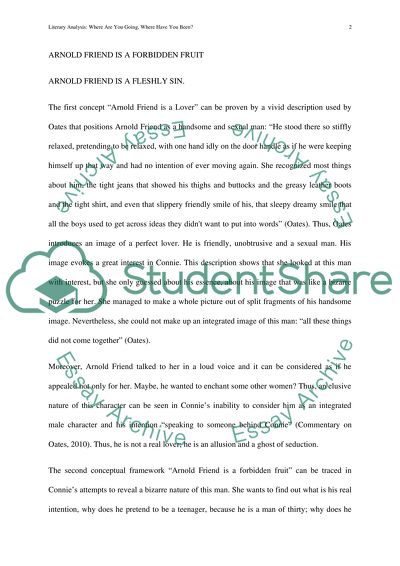Cite this document
(“Where Are You Going, Where Have You Been by Joyce Carol Oates Research Paper”, n.d.)
Retrieved from https://studentshare.org/literature/1427022-where-are-you-going-where-have-you-been-by-joyce-carol-oates
Retrieved from https://studentshare.org/literature/1427022-where-are-you-going-where-have-you-been-by-joyce-carol-oates
(Where Are You Going, Where Have You Been by Joyce Carol Oates Research Paper)
https://studentshare.org/literature/1427022-where-are-you-going-where-have-you-been-by-joyce-carol-oates.
https://studentshare.org/literature/1427022-where-are-you-going-where-have-you-been-by-joyce-carol-oates.
“Where Are You Going, Where Have You Been by Joyce Carol Oates Research Paper”, n.d. https://studentshare.org/literature/1427022-where-are-you-going-where-have-you-been-by-joyce-carol-oates.


